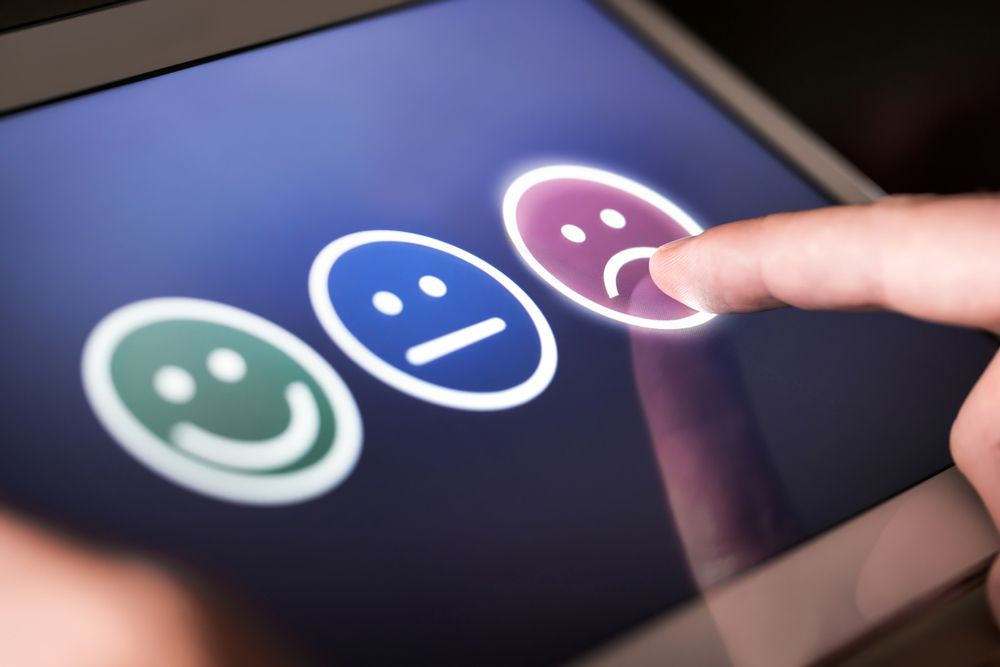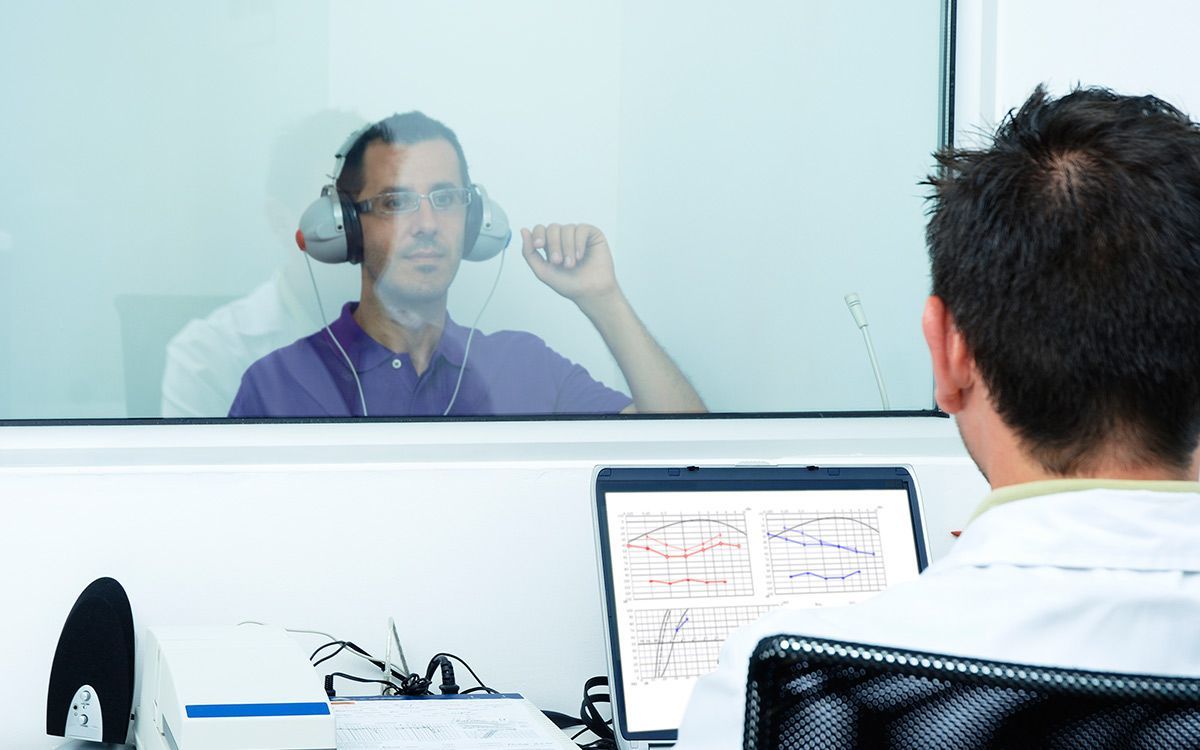The Truth About Cheap “Hearing Aids”

There are a couple different ways to interpret the term “cheap hearing aids”. For anyone on a small budget, it means “affordability”. Conversely, it indicates low-quality, turning an apparently economical purchase into a not-so-smart decision, epitomized by the adage “You get what you pay for”.
Unfortunately, deciding if you’re getting a great value from whether you’re getting a very low-quality device can be challenging. This is especially relevant in the realm of hearing aids.
The adage “you get what you pay for” is especially relevant with hearing aids. This means weeding out the devices that are priced in the “too good to be true” range, not necessarily going for the most expensive option. Companies marketing cheap hearing devices often leave out important details about their products that customers should know about.
They typically just amplify sound
Cheap “hearing aids” typically offer limited functionality, mainly amplifying or decreasing overall volume. If you amplify the volume to hear the TV better, you’ll also get background noises including the dishwasher, a fan in a different room, a barking dog, or the sound of your house slippers moving across the floor.
The purpose of having a hearing aid is totally defeated if it also amplifies unwanted sound.
A contemporary state-of-the-art hearing aid, in contrast, does much more than just crank the volume up. It skillfully manages sound, maximizing the clarity of desired sounds while reducing background sound. Authentic hearing aids are tailored to your distinct hearing requirements, closely mimicking natural hearing with better accuracy.
PSAPs vs. Hearing Aids
There are stringent rules about what an advertiser can call a hearing aid as written by the Food and Drug Administration.
Unfortunately, many personal sound amplification products PSAPs are falsely marketed as hearing aids even though they only amplify sound.
There are many legitimate and reputable providers that comply with proper marketing. But you may find some uninformed salespeople or products on Amazon or eBay that deceive consumers into believing that these devices meet the definition of a hearing aid. You might even find some that claim that they are approved by the FDA when that’s actually not true.
They aren’t helpful for the majority of kinds of hearing loss
The majority of individuals who lose their hearing will slowly lose certain frequencies of sound before others. For instance, you may have no trouble hearing a man with a low voice, but struggle with a woman’s or child’s voice, finding it challenging to understand.
You get overall amplification with cheap hearing aids. But just cranking up the total volume will not be sufficient for people who have a difficult time hearing specific frequencies. And turning the overall volume up could result in added damage to your hearing because the frequencies you don’t struggle with will be roaring in your ears.
High-quality hearing aids can be programmed to increase selected frequencies providing a much better solution. They offer a more customized hearing experience by shifting frequencies you can’t hear very well to frequencies you hear better.
You might get a lot of feedback
You won’t get a custom fit with cheap hearing aids. Without that custom fit, you’ll generate a feedback loop. As the speaker in your ear wiggles around, the microphone picks up the sound. This will result in a deafening screech.
They normally don’t have cellphone support
When individuals are looking for a budget-friendly device, they often sacrifice functionality like Bluetooth capability. The absence of Bluetooth becomes critical when considering phone connectivity. Attempting to amplify a cheap hearing aid while on the phone leads to capturing not just the caller’s voice but also the sounds of your ear, lips, clothing, and hair brushing against the phone, making it even more difficult to hear the person on the other end.
More advanced hearing aids are digital and use Bluetooth connectivity to connect directly to your phone. This state-of-the-art feature ensures that when your daughter talks on the other end, her voice is sent directly into your hearing aids, improving clarity and overall communication.
They aren’t designed for people with hearing loss
This could come as a surprise because so many individuals think otherwise. PSAPs were never made for individuals with hearing loss . They were made to amplify sound for people who have relatively good hearing.
If you have very mild hearing loss then cheap devices may help a little. But individuals who actually need hearing aids won’t find these cheaper devices very helpful.
Where can you get quality affordable hearing aids?
Getting affordable quality hearing aids isn’t difficult. They may even be covered by insurance or other third parties. There are also affordable brands, leasing plans, and financing possibilities. The first step is to get a hearing test if you think you might have hearing loss. Schedule an appointment with us so we can help you get the best and most affordable hearing aids for your level and type of hearing loss.


